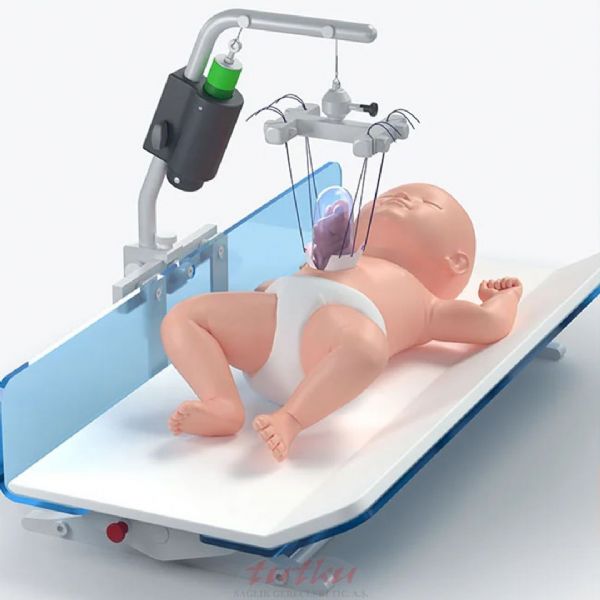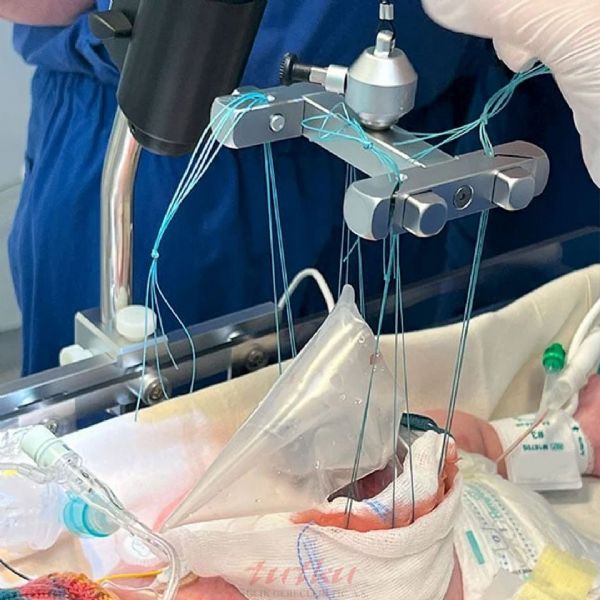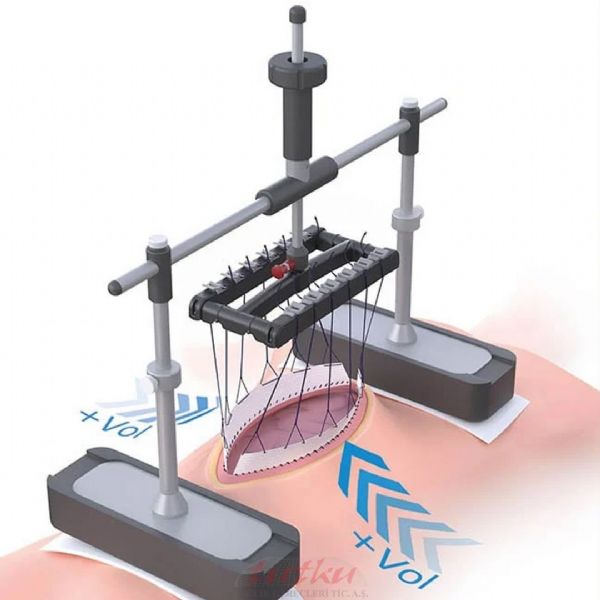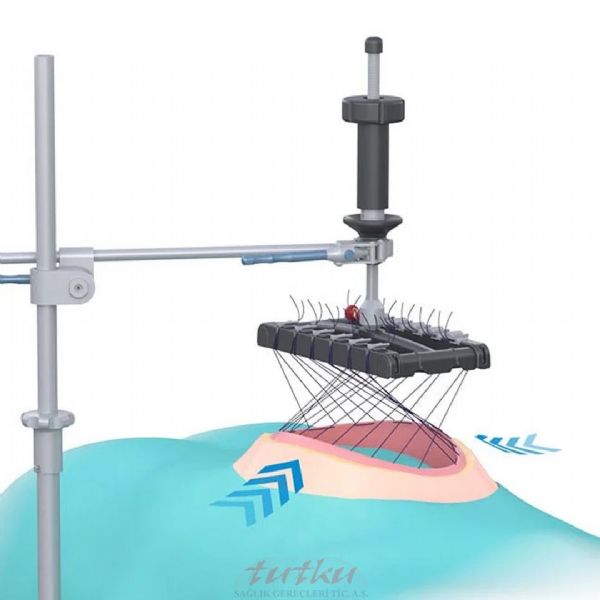Fasciotens | Abdominal Wall Solutions
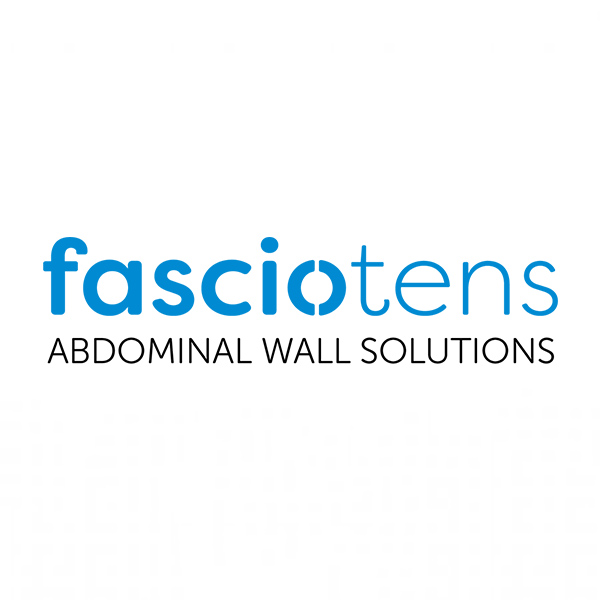
Fasciotens Pediatric
Standardize the treatment of congenital abdominal wall defects
Abdominal wall closure of congenital and acquired abdominal wall defects in newborns and infants remains to be a surgical challenge. To date, there is no general accepted standard for therapy. In cases where primary closure of the defect is not possible, different (often self-made) techniques are applied, which do not follow a common standard.
Learn more about how to treat these challenging defects in a standardized and reproducible way.
Share
Suitable Accessories
Improve treatment outcomes for the youngest
Why do pediatric surgeons choose the fasciotens® solution?
Increase intra-abdominal volume
By applying quantifiable, vertical traction to the lateral abdominal wall, myofascial stretching is achieved relatively easily in newborns. By following this staged closure procedure, it's possible to create enough space in the abdominal cavity to relocate the prolapsing organs.
Quantifiable traction
The fasciotens® system is clinically established and supports standarization of abdominal wall treatment in newborns. Quantifiable and reproducible traction is applied to the lateral abdominal wall made visible by the integrated scale to adapt to different patient conditions.
Easy integration into daily ICU routines
The device was designed to be used hassle-free in daily care. It can be applied and removed within seconds in case of emergency or patient care. Throrough training of the ICU team is a key step during our onboarding process.
How does it work?
Standardized fascial traction for congenital abdominal wall defects in newborns and infants
The fasciotens®Pediatric device applies controlled and quantifiable vertical traction to the abdominal wall.
Watch the video to get more insight.

